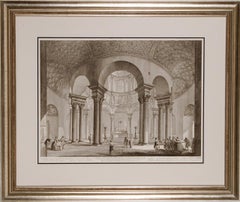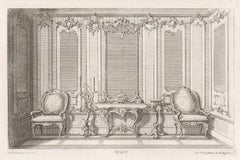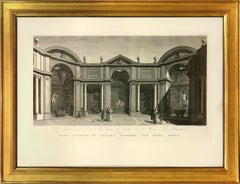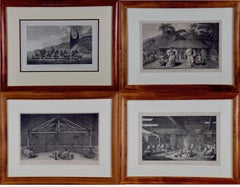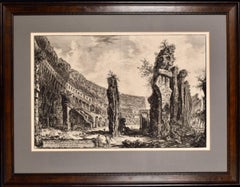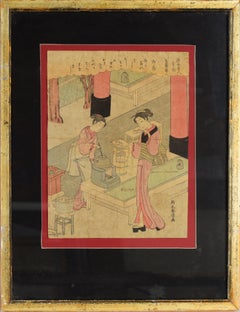18th Century Interior Prints
Old Masters 18th Century Interior Prints
Etching
Rococo 18th Century Interior Prints
Engraving, Etching
Naturalistic 18th Century Interior Prints
Engraving, Handmade Paper
Other Art Style 18th Century Interior Prints
Engraving
Old Masters 18th Century Interior Prints
Etching
Edo 18th Century Interior Prints
Woodcut, Ink, Rice Paper
Impressionist 18th Century Interior Prints
Paper, Ink
Old Masters 18th Century Interior Prints
Etching
Old Masters 18th Century Interior Prints
Engraving
Modern 18th Century Interior Prints
Etching
18th Century Interior Prints
Engraving
18th Century Interior Prints
Ink, Paper, Engraving
18th Century Interior Prints
Ink, Paper
18th Century Interior Prints
Engraving, Etching
Old Masters 18th Century Interior Prints
Etching
Old Masters 18th Century Interior Prints
Etching
Old Masters 18th Century Interior Prints
Mezzotint
Flemish School 18th Century Interior Prints
Etching
Old Masters 18th Century Interior Prints
Etching
French School 18th Century Interior Prints
Etching
Old Masters 18th Century Interior Prints
Aquatint
18th Century Interior Prints
Paper
Edo 18th Century Interior Prints
Handmade Paper, Laid Paper, Woodcut
Italian School 18th Century Interior Prints
Black and White, Archival Pigment
Italian School 18th Century Interior Prints
Archival Pigment
18th Century Interior Prints
Engraving
English School 18th Century Interior Prints
Watercolor, Handmade Paper, Engraving
English School 18th Century Interior Prints
Watercolor, Handmade Paper, Engraving
18th Century Interior Prints
Engraving
Academic 18th Century Interior Prints
Laid Paper, Engraving
French School 18th Century Interior Prints
Engraving
French School 18th Century Interior Prints
Engraving
French School 18th Century Interior Prints
Engraving
French School 18th Century Interior Prints
Engraving
French School 18th Century Interior Prints
Engraving
French School 18th Century Interior Prints
Engraving
18th Century Interior Prints
Etching
French School 18th Century Interior Prints
Engraving
Renaissance 18th Century Interior Prints
Engraving, Watercolor
English School 18th Century Interior Prints
Engraving
French School 18th Century Interior Prints
Engraving
French School 18th Century Interior Prints
Engraving
French School 18th Century Interior Prints
Engraving
Old Masters 18th Century Interior Prints
Engraving, Etching
French School 18th Century Interior Prints
Engraving
Rococo 18th Century Interior Prints
Engraving, Etching
Rococo 18th Century Interior Prints
Engraving
Old Masters 18th Century Interior Prints
Etching
French School 18th Century Interior Prints
Engraving
French School 18th Century Interior Prints
Engraving
French School 18th Century Interior Prints
Engraving
French School 18th Century Interior Prints
Engraving
French School 18th Century Interior Prints
Engraving
Rococo 18th Century Interior Prints
Engraving, Etching
French School 18th Century Interior Prints
Engraving
18th Century Interior Prints
Engraving
French School 18th Century Interior Prints
Engraving
18th Century Interior Prints
Mezzotint
English School 18th Century Interior Prints
Engraving
Old Masters 18th Century Interior Prints
Laid Paper, Engraving, Woodcut
